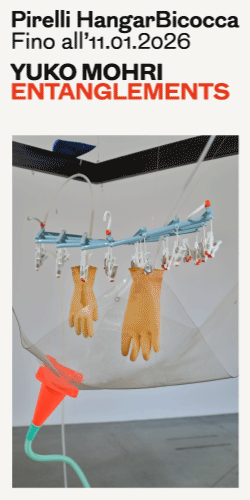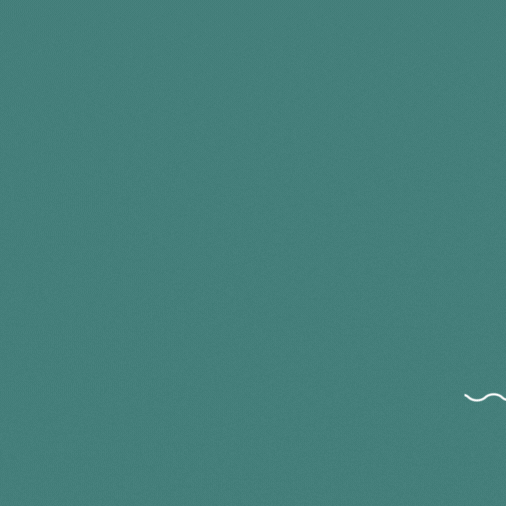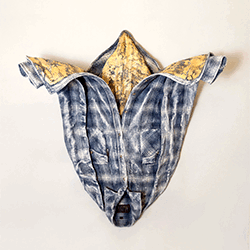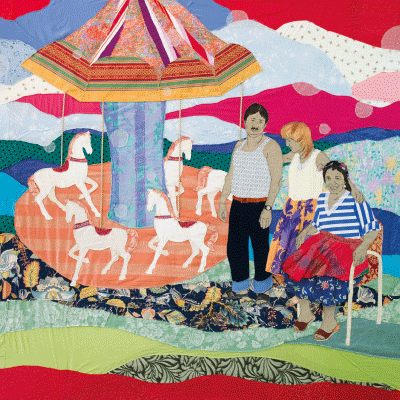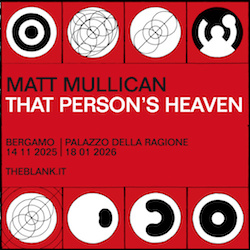Oltre cento opere di sessantasette autori di fama internazionale, datate dagli anni ’20 a oggi, che, grazie alla forza dirompente dell’immagine fotografica, ci guidano all’interno della stupefacente ricchezza iconografica del mondo del lavoro, in tutte le sue declinazioni.
La mostra nasce dal grande archivio fotografico dedicato al mondo del lavoro costruito nei primi cinque anni di vita dalla Fondazione: un archivio costituito di immagini che non solo descrivono le realtà del lavoro e i suoi aspetti materiali, ma che raccontano, suggeriscono, insinuano, comunicano. Le fotografia infatti sono latrici non soltanto di ciò che meramente registrano e imprimono sulla pellicola o sullo spazio digitale, ma sono veicoli di storie, emozioni, simboli e metafore che travalicano la materia: una fotografia è molto più di ciò che rappresenta. Questo è il messaggio che il curatore Urs Stahel vuole comunicare al pubblico, e che fa utilizzando appunto scatti scelti dalla collezione MAST.
I “protagonisti” sono i più diversi, dai materiali (metallo, asfalto, tessuto, plastica, gomma) ai motori che sembrano diventare organi viventi, dai prodotti (bombe, treni, aerei e ingranaggi) ai turni di lavoro, dai macchinari agli utensili, dagli scarti (nei cantieri e nelle discariche) ai posti di lavoro deserti, nei momenti in cui più nessuno è presente, dai capannoni industriali ai laboratori più asettici, dai lavoratori che si recano al lavoro e al loro posto a quelli in sciopero, dai quadri ai dirigenti, dalle architetture più basilari alle più complesse, dalle promesse più fulgide della tecnologia al declino che segue il progresso, dall’impegno umile delle mani attive ai lavoratori che, senza i dettagli che come tali li definiscono, paiono smarriti, dai fumi delle ciminiere in attività ai cancelli chiusi nel giorno di riposo, dai paesaggi modellati dall’economia ai dettagli più minuti di queste realtà, dal contrasto tra la società rurale e quella industriale alla quotidianità straordinaria che contraddistingue epoche e luoghi connotati dalla loro vocazione produttiva.
Sono questi tanti dei diversi aspetti (architettonici, materiali, produttivi, sociali, identitari ecc) che vengono qui proposti in diverse declinazioni; pur non essendo esaustivi, naturalmente, essi rappresentano un gran numero di punti di vista sul mondo del lavoro che, pur nella molteplicità, ne suggeriscono l’infinita possibilità, cercando di portare il visitatore a comprendere come i grandi calderoni del lavoro e della fotografia racchiudano mille possibilità visive contemporanee, tutte da esplorare.
I nomi sono tanti e spesso grandi. Tra i tanti, Berenice Abbot, Max Alpert, Takashi Arai, Richard Avedon, Gabriele Basilico, Bernd e Hilla Becher, Margaret Bourke-White, Thomas Demand, César Domela, Pietro Donzelli, Jeremy Floto + Cassandra Warner, Masahisa Fukase, Beate Geissler/Oliver Sann, Luigi Ghirri, Jim Goldberg, Brian Griffin, Ferenc Haár, Rudolf Holtappel, Germaine Krull, Franz Lazi, Catherine Leutenegger, O. Winston Link, Rémy Markowitsch, Edgar Martins, Pepi Merisio, Nino Migliori, James Mudd, Walter Niedermayr, Kiyoshi Niyama, Marion Post Wollcott, Sebastião Salgado, Charles Sheeler, Jules Spinatsch, Enrich Spohler, Anton Stankowski, Edward Steichen, Thomas Struth, Yutaka Takanashi, Shomei Tomastu, Jakob Tuggener.
La mostra sarà visitabile fino al 24 settembre 2017.
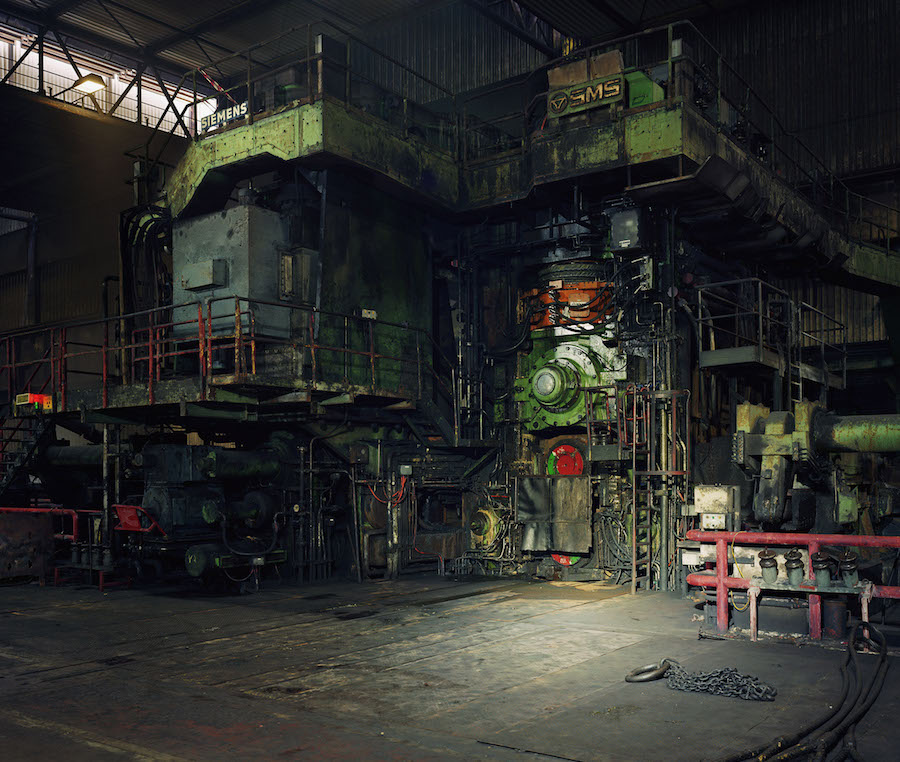
The Power of Images
Fondazione MAST
On May 4th the new exhibition “The power of images. MAST collection: An iconic selection of photographs on industry and work” opened at Fondazione MAST in Bologna; a wide selection of pictures coming from the MAST collection, displaying, through different paths, the concepts around photography dedicated to the world of work.
Over one thousand works by sixty seven internationally renowned artists, from the 20s until today, guiding us, thanks to the explosive force of photographic image, into the astonishing iconographic treasure of the world of work, in its many facets.
The exhibition was born form the big photographic archive of Fondazione MAST, created during its first five years of life: an archive composed by images that do not only describe work realities and its material aspects, but that narrate, suggest, hint, communicate. Pictures are in fact bearers of histories, emotions, symbols and metaphors that go beyond the material, and they do not simply represent only what they depict on the photographic film or their digital space: a photograph is much more than what it records. This is the message that the curator Urs Stahel wishes to communicate to the audience, and which he does, using the shots coming from MAST collection.
The “characters” are the most diverse ones, from raw materials (metal, asphalt, fabric, plastic, rubber) to engines that look like living human organs, from products (bombs, trains, airplanes, gears) to working shifts, from machines to tools, from waste (in constructions sites and dumps) to empty workspaces, in the moments where no one is there anymore, from industrial hangars to the most aseptic laboratories, from the workers going to work to those on their workplace or on strike, from managers to directors, from the most simple architecture to the most complex ones, from the most bright promises of technology to the decline following progress, from the humble care of active hands to the workers which, without the details that distinguish them, look dismayed, from the smoke of active chimney stacks to the gates closed during the day off, from the landscape modeled by economy to the smallest details of reality, from the contrast between rural and industrial society to the extraordinary daily life marking defined times and spaces characterized by their vocational production.
These are some of the numerous aspects (architectural, materials, productive, social, identity-bound etc) proposed in the exhibition; despite of not being complete, of course, they represent a large number of points of view on the world of work that, in their variety, wish to suggest its infinite possibilities, trying to lead the visitor to understand how the themes of work and photography contain thousands of visual possibilities at a time, every single one to be explored.
The names of the artists are many and often great. Among others, Berenice Abbot, Max Alpert, Takashi Arai, Richard Avedon, Gabriele Basilico, Bernd e Hilla Becher, Margaret Bourke-White, Thomas Demand, César Domela, Pietro Donzelli, Jeremy Floto + Cassandra Warner, Masahisa Fukase, Beate Geissler/Oliver Sann, Luigi Ghirri, Jim Goldberg, Brian Griffin, Ferenc Haár, Rudolf Holtappel, Germaine Krull, Franz Lazi, Catherine Leutenegger, O. Winston Link, Rémy Markowitsch, Edgar Martins, Pepi Merisio, Nino Migliori, James Mudd, Walter Niedermayr, Kiyoshi Niyama, Marion Post Wollcott, Sebastião Salgado, Charles Sheeler, Jules Spinatsch, Enrich Spohler, Anton Stankowski, Edward Steichen, Thomas Struth, Yutaka Takanashi, Shomei Tomastu, Jakob Tuggener.
The exhibition will be on show until September 24th, 2017



